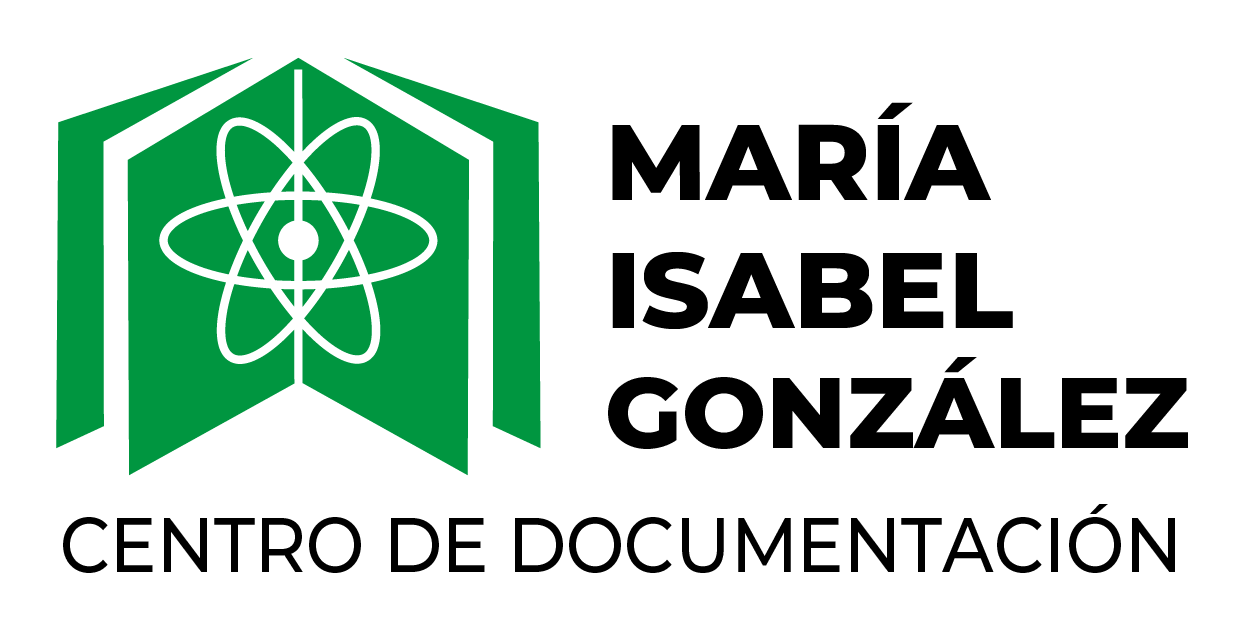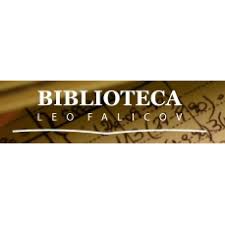MARC details
| 000 -LEADER |
|---|
| campo de control de longitud fija |
06240mm aa2200241a 44500 |
| 003 - IDENTIFICADOR DE NÚMERO DE CONTROL |
|---|
| campo de control |
AR-SmCIES |
| 005 - FECHA Y HORA DE LA ÚLTIMA TRANSACCIÓN |
|---|
| campo de control |
20190910093602.0 |
| 008 - DATOS DE LONGITUD FIJA--INFORMACIÓN GENERAL |
|---|
| campo de control de longitud fija |
15 07 12013 ag d s spa |
| 040 ## - FUENTE DE CATALOGACIÓN |
|---|
| Centro catalogador/agencia de origen |
AR-SmCIES |
| Centro/agencia transcriptor |
AR-SmCIES |
| 100 1# - ENTRADA PRINCIPAL--NOMBRE DE PERSONA |
|---|
| Nombre de persona |
Vera, María Laura |
| 9 (RLIN) |
3001 |
| 245 10 - MENCIÓN DEL TÍTULO |
|---|
| Título |
Obtención y caracterización de películas hemocompatibles de TiO2 . |
| 246 1# - FORMA VARIANTE DEL TITULO |
|---|
| Título propio/Titulo breve |
Preparation and characterization of haemocompatible TiO2 coatings. |
| 260 ## - PUBLICACIÓN, DISTRIBUCIÓN, ETC. |
|---|
| Fecha de publicación, distribución, etc. |
2013. |
| 300 ## - DESCRIPCIÓN FÍSICA |
|---|
| Dimensiones |
356 p. |
| 500 ## - NOTA GENERAL |
|---|
| Nota general |
Cantidad de ejemplares: 1 |
| 502 ## - NOTA DE TESIS |
|---|
| Nota de tesis |
Tesis para optar al título de Doctor en Ciencia y Tecnología, mención materiales. Director/es: Ares, Alicia E.; Schvezov, Carlos E. |
| 520 ## - RESUMEN, ETC. |
|---|
| Sumario, etc. |
En el marco del desarrollo de una nueva válvula cardiaca mecánica y habiéndose seleccionado como material para su construcción una aleación de Ti-6Al-4V recubierta con óxido de titanio, en la presente Tesis Doctoral se aborda el estudio de las técnicas de Oxidación Térmica y Oxidación Anódica para la fabricación de los recubrimientos. Los recubrimientos para dispositivos cardiovasculares deben ser homogéneos, de baja rugosidad y preferentemente cristalinos [en fase anatasa y/o rutilo], para favorecer la hemocompatibilidad, estabilidad química y resistencia mecánica de los dispositivos. En este trabajo se evaluaron distintos parámetros de cada una de las técnicas de oxidación, analizando las características superficiales de los recubrimientos obtenidos, tales como: color, morfología, rugosidad, espesor y estructura cristalina. En la Oxidación Térmica se evaluó la influencia de la temperatura, el tiempo y la atmósfera oxidante; y en la Oxidación Anódica, se evaluó la influencia del voltaje y de la naturaleza y la concentración del electrolito, como así también de la textura y microestructura del material empleado como sustrato para realizar las oxidaciones. Como en los recubrimientos que cumplieron con las condiciones de homogeneidad y baja rugosidad no se detectaron las fases cristalinas del TiO2, se combinaron las técnicas, obteniendo recubrimientos homogéneos y cristalinos mediante oxidación anódica seguida de tratamientos térmicos. A partir de la caracterización superficial se seleccionaron recubrimientos con diferentes espesores [en un rango de 20 a 170 nm] y estructuras [amorfa, anatasa y/o rutilo] fabricados por las tres técnicas mencionadas y se evaluaron las propiedades de resistencia mecánica [mediante determinación de la ultra-micro-dureza, adherencia en ensayos de rayado y resistencia al desgaste con un equipo ball-on-flat reciprocante], resistencia a la corrosión [empleando curvas de polarización y Espectroscopía de Impedancia en el medio de crecimiento y en ClNa 0,9 porciento] y hemocompatibilidad [con ensayos clínicos globales de coagulación, TP y APTT, y estimaciones de la energía interfacial entre el material y proteínas plasmáticas]. Los recubrimientos no alteraron los parámetros normales de coagulación indicando su hemocompatibilidad, y el espesor y la estructura cristalina determinaron sus propiedades mecánicas y de resistencia a la corrosión, hallándose condiciones de protección en ambos casos, en comparación con la respuesta del sustrato sin recubrimiento. Globalmente, de acuerdo a las respuestas halladas, la combinación de las técnicas de oxidación, Anódica y Térmica, podría ser la más adecuada para la fabricación de los recubrimientos buscados |
|
|---|
| Sumario, etc. |
As part of the development of a new mechanical heart valve and having selected a Ti-6Al-4V alloy recovered with titanium oxide as the material for its manufacture, the present Doctoral Thesis deals with the study of Anodic Oxidation and Thermal Oxidation techniques for the manufacture of coatings. Coatings of cardiovascular devices must be homogeneous, smooth and preferably crystalline [anatase and / or rutile phase], to favor the hemocompatibility, chemical stability and mechanical strength of the devices. In this work, different parameters were evaluated in each oxidation technique, analyzing the surface characteristics of the coating obtained, such as: color, morphology, roughness, thickness and crystalline structure. In the thermal oxidation technique, the influence of temperature, time and oxidizing atmosphere were also evaluated, whereas in the anodic oxidation technique, the influence of the voltage and the nature and concentration of the electrolyte, as well as the microstructure and texture of the material used as substrate to perform the oxidation, were also evaluated. Since coatings that satisfy the conditions of uniformity and low roughness did not show the crystalline phases of TiO2, the techniques were combined [i.e. anodic oxidation followed by heat treatment], which allowed obtaining homogeneous and crystalline coatings. From surface characterization coatings with different thicknesses [ranging from 20 to 170 nm] and structures [amorphous, anatase and / or rutile], three crystals manufactured with the above three techniques were selected and their mechanical strength properties evaluated [by determining the ultra-micro hardness, scratch tests adhesion and wear resistance with a reciprocating ball-on-flat machine], corrosion resistance [using polarization curves and Electrochemical Impedance Spectroscopy [EIS] in the growth medium and in NaCl 0.9 percent] and hemocompatibility [with global coagulation clinical trials, PT and APTT, and estimates of the interfacial energy between the material and plasma proteins]. The coatings did not alter normal coagulation parameters, indicating hemocompatibility, and the thickness and crystal structure determined their mechanical properties and corrosion resistance, being protected conditions in both cases, compared with the response of the uncoated substrate. Overall, according to the responses found, the combination of both oxidation techniques, Anodic and Thermal, may be more suitable for the manufacture of coatings for cardiovascular devices. |
| 590 ## - NOTA LOCAL (RLIN) |
|---|
| Nota local |
Lugar de trabajo: Universidad Nacional de Misiones |
| 710 1# - ENTRADA AGREGADA--NOMBRE DE ENTIDAD CORPORATIVA |
|---|
| Nombre de entidad corporativa o nombre de jurisdicción como elemento de entrada |
Comisión Nacional de Energía Atómica. |
| Unidad subordinada |
Instituto de Tecnología Sabato. |
| 9 (RLIN) |
1034 |
|
|---|
| Nombre de entidad corporativa o nombre de jurisdicción como elemento de entrada |
Universidad Nacional de San Martín. |
| 9 (RLIN) |
1033 |
| 942 ## - ELEMENTOS DE ENTRADA SECUNDARIOS (KOHA) |
|---|
| Fuente de la clasificación o esquema de estantería |
Universal Decimal Classification |
| Tipo de ítem Koha |
Thesis |




